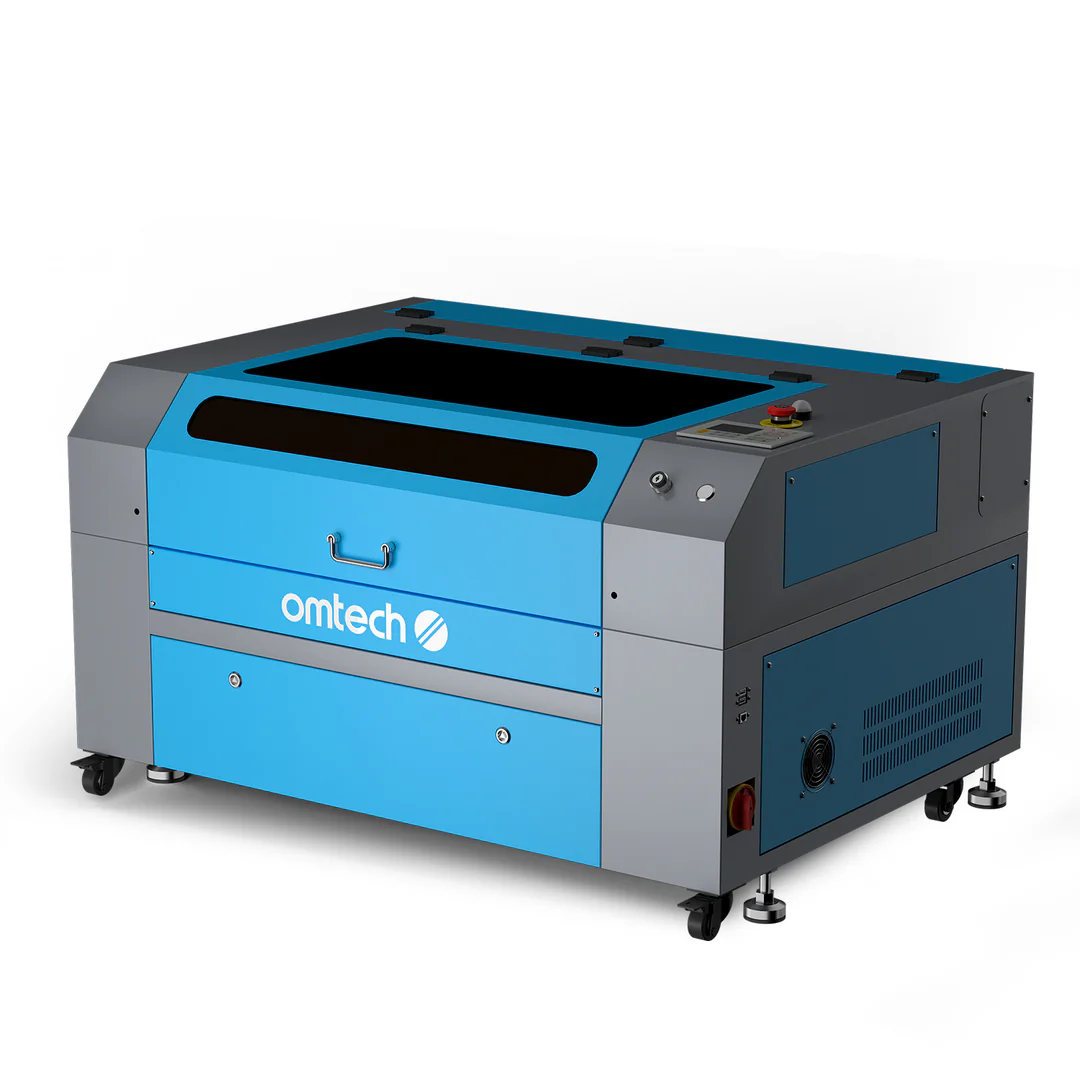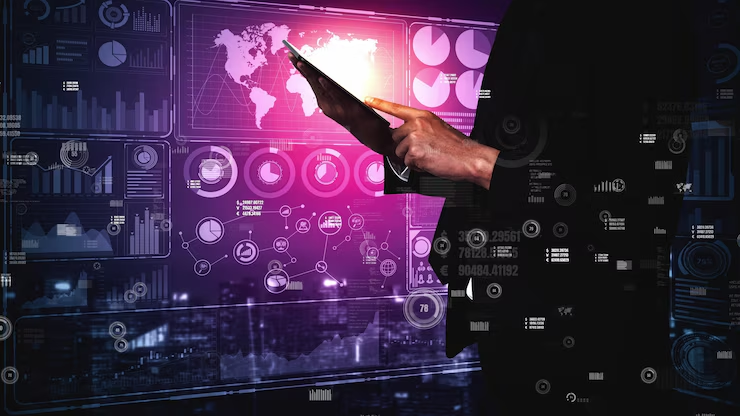Laser engraving is a modern method that utilizes high-powered lasers to create precise, permanent markings on various surfaces. Whether it’s used to personalize gifts, mark industrial parts, or create detailed designs on jewelry, laser engraving has become an essential tool across many industries. Unlike traditional engraving, which requires physical contact with the material, lasers work by focusing a beam of light onto the surface, vaporizing small portions of the material to create engravings. This makes the process fast, accurate, and versatile.
The Science Behind Laser Engraving
Laser engraving works by harnessing the power of concentrated light energy. A laser beam is focused onto the surface of the material, generating intense heat that vaporizes the material in the form of fumes. The precision of this process allows for incredibly detailed designs, from text to complex images. The depth of engraving is determined by adjusting the laser’s intensity, speed, and focus. By using different wavelengths and intensities, the laser can engrave a variety of materials, from soft woods to hard metals.
Types of Laser Engraving Machines
There are several types of laser engraving machines, each designed for specific purposes:
- CO2 Lasers: These are the most common and versatile. They work well on organic materials like wood, leather, acrylic, and glass.
- Fiber Lasers: Ideal for engraving metals and plastics. These lasers are known for their efficiency and precision, making them perfect for industrial applications.
- Diode Lasers: While less powerful, diode lasers are affordable and perfect for smaller projects or hobbyists working with soft materials.
Each type of laser machine offers unique benefits, making it important to choose the right one depending on the material and the project’s requirements.
Materials Used in Laser Engraving
Laser engraving works on a wide variety of materials, and the choice of material often depends on the intended use:
- Wood: Popular for personalized gifts and signage. Different types of wood (e.g., maple, cherry) engrave with varying results.
- Metal: Commonly used for industrial part marking and trophies. Fiber lasers are typically used for metals like aluminum, steel, and brass.
- Glass: Ideal for awards, ornaments, or décor, but requires care as it can crack under high heat.
- Acrylic and Plastics: Used for signage and nameplates due to their smooth finish.
Choosing the right material involves understanding how the laser interacts with the surface, and what depth or clarity is needed for the final product.
Laser Engraving Process
The laser engraving process involves several important steps:
- Designing the Image: First, a design is created using specialized software like Adobe Illustrator or CAD programs. The designs are typically saved as vector files, which the laser machine can interpret.
- Machine Setup: The material is placed into the machine, and the laser’s settings—speed, power, and focus—are adjusted according to the material and desired effect.
- Engraving: Once the laser begins engraving, it moves along the material following the path of the design, vaporizing material with pinpoint accuracy. The depth and clarity of the engraving can be controlled by adjusting the laser’s power and speed settings.
The process is contactless, meaning that there is minimal wear and tear on both the machine and the material, leading to high precision and repeatability.
Advantages of Laser Engraving
Laser engraving offers a host of advantages, which is why it’s favored in various industries:
- Precision: Lasers can create intricate designs with fine details that traditional engraving methods cannot match.
- Durability: Engraved designs are permanent and resist fading or wear, making them ideal for industrial applications and long-lasting personalized items.
- Versatility: The ability to work on a wide range of materials—metal, wood, glass, acrylic—means laser engraving is applicable to many fields.
- Efficiency: Laser engraving is fast and requires minimal post-processing, reducing production times while maintaining high-quality results.
Conclusion
Laser engraving is a transformative technology that combines precision, versatility, and efficiency. Whether it’s creating beautiful designs on wood or marking vital information on metal components, laser engraving plays a crucial role in various industries. With continued advancements in laser technology, its applications will only expand further, making it a valuable tool for creators and manufacturers alike.












